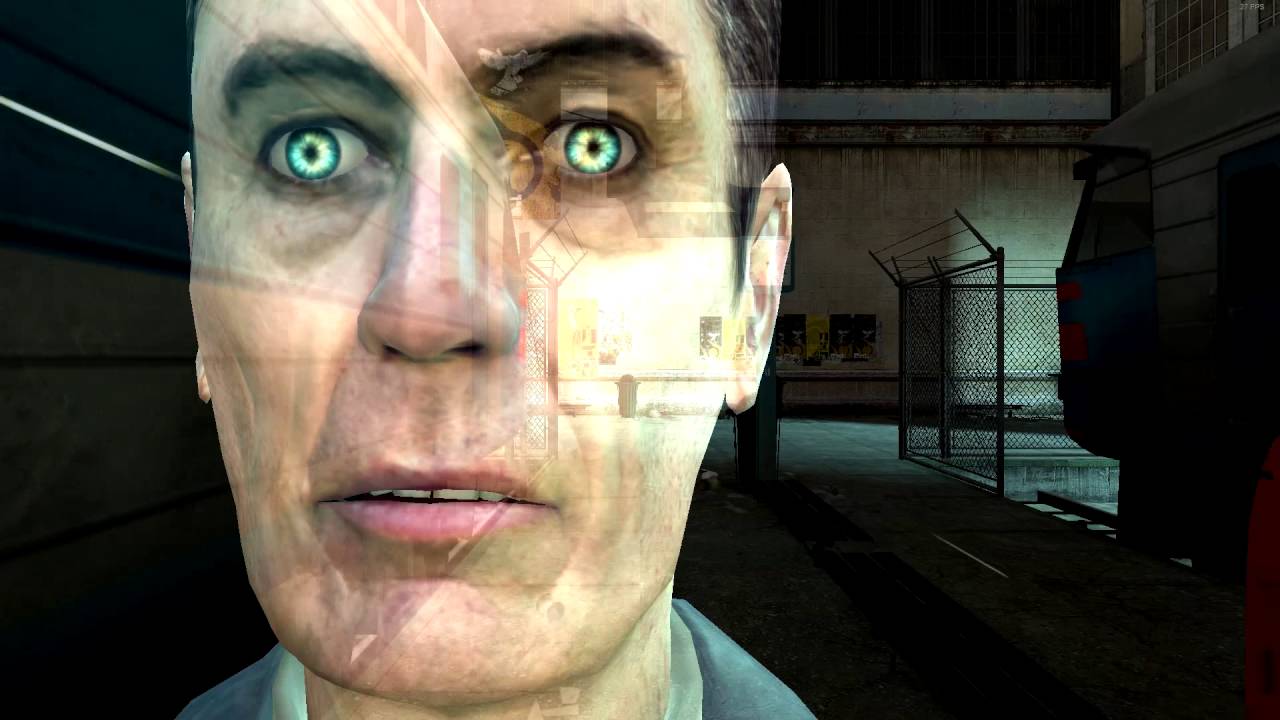For 25 years, chip giant Intel has been a key measure of the strength of the semiconductor market, being one of just 30 companies on the Dow Jones Industrial Average index. However, a year of non-stop financial losses and a portfolio of late or underwhelming products have taken their toll on Intel’s share price. As a result, S&P Dow Jones has deleted it from the IA index in favour of the AI darling Nvidia.
As things currently stand, Intel’s share price is around $23, roughly half what it was a year ago. It has dropped heavily after each financial statement and it’s not surprising when one sees the figures. While this year’s revenues have been slightly better than in 2023, Intel has suffered a net income loss each quarter.
Unless something akin to a miracle happens in the final months of this year, Intel will be on track to have losses of over $20 billion, which isn’t exactly great news for investors. Hence the removal of Intel from the IA index, as S&P Dow Jones explains in its press release (pdf warning ): “The index changes were initiated to ensure a more representative exposure to the semiconductors industry and the materials sector respectively.”
News of the deletion, as reported by Ars Technica, couldn’t come at a worse time for Intel. With financial losses mounting, it’s shed 15% of its workforce to save money. Its new desktop Arrow Lake processors, such as the Core Ultra 9 285K, have been poorly received in the gaming sector. It’s been sidelined by AMD and Nvidia too, generating less revenue than either company in the data centre and AI sector.
Intel has spent huge sums of money trying to improve its chip-making foundries, only to pull back on some of the projects and rely almost entirely on TSMC to manufacture its latest processors.
But as grim as things may seem for the 56-year-old company, it’s not game over. Intel is a key US military contractor, it’s on track to receive funds from the CHIPS and Science Act, and it still holds the largest market share in the CPU client sector.
There’s plenty of money coming in—the issue is that too much is going out, right now, and that can be managed by reducing overheads and shutting down divisions that generate little or no income.
From a gaming perspective, that means we’re very unlikely to see much in the way of Nvidia-beating graphics cards next year, so if you were hoping that Battlemage would be a great alternative to RDNA 4 or Blackwell in 2025, you’re likely to be disappointed.
Alchemist wasn’t much of a success for Intel, in terms of revenue and income, so there’s little chance that additional funding will be put aside for gaming GPUs (AI GPUs are a different story).
AMD has shown that it’s possible to come back from a dire situation, though the market as a whole is very different now from how it was 16 years ago. It’s important to consumers that Intel does survive as competition is the best way to keep prices in check but only time will tell what Team Blue will look like in the future.



